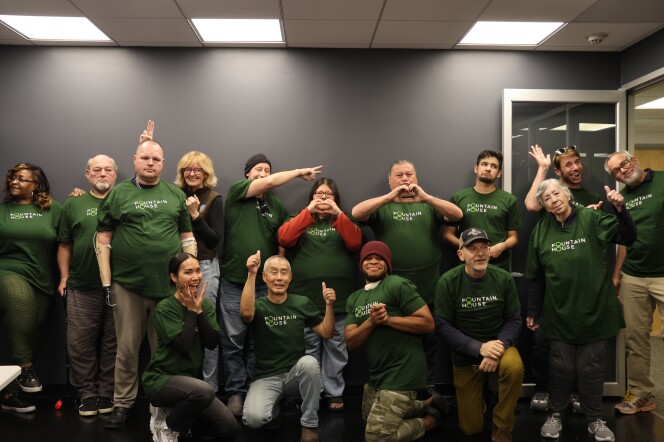With our free press under threat and federal funding for public media gone, your support matters more than ever. Help keep the LAist newsroom strong, become a monthly member or increase your support today.
UC has been enrolling more in-state students. Proposed state cuts may halt that growth

The University of California will enroll fewer new California students if planned state cuts are implemented, college officials told state lawmakers during a hearing Tuesday on the system’s finances.
“University of California cannot afford to continue increasing enrollment with less funding, it just can’t,” said UC’s top academic officer, Katherine Newman, at an Assembly budget subcommittee hearing. “If the state cuts the university by 8%, we will be forced to decrease enrollment for the fall of 2026 admission cycle.”
About this article
This article was originally published by CalMatters. Sign up for their newsletters.
The comments are the strongest indication yet that the proposed budget cuts for UC and the California State University that lawmakers and Gov. Gavin Newsom agreed to last year may limit the ability of new students to enter California’s public universities. The fiscal belt-tightening is a response to forecasted multi-billion-dollar deficits in California. For UC, the proposed state cuts add to the climate of fiscal uncertainty: The Trump administration has sought to lower the system’s federal research funding by hundreds of millions of dollars annually.
The UC has grown its enrollment of California undergraduates by 16,000 in the last five years, fueled by a swell of state cash as lawmakers grapple with voters’ demands to open more seats at the state’s marquee public higher-education system. The Legislature has also in recent years been adding $30 million annually to UC’s state support so that it enrolls fewer out-of-state students and more in-state students at its three most popular campuses, UC Berkeley, UCLA and UC San Diego. That funding is at risk of being deferred in 2025-26.
“So blowing up class sizes, reducing advising, limiting opportunities for our students: This is not a recipe for the continued success at the University of California, and we would not want to go in that direction,” Newman said.
If the UC ends its enrollment growth, it won’t happen until next year. That’s because the UC has already admitted students for the coming fall term.
While other state agencies were cut by nearly 8% cut in last year’s budget, UC and Cal State were given a year to plan for their share of the permanent cuts. Those would total roughly $770 million annually if lawmakers and Newsom agree to them this June as part of negotiations for the 2025-26 budget. UC’s share would be about $400 million.
But an Assembly legislative analysis calculated that other state agencies are experiencing much lower cuts — around 2% or 3%. As a result, the proposed cuts to UC and Cal State would represent more than half of the $1.5 billion in state spending decreases planned for 2025-26 in Newsom’s January budget proposal. About 50 members of the Assembly signed letters opposing the proposed university cuts, the meeting agenda said. Legislative budget leaders also sounded the alarm on the cuts in February in a letter to Newsom’s Department of Finance.
“However, given numerous General Fund pressures facing the state, it is unclear whether the Legislature will have the ability to restore the cuts,” the agenda for this week’s hearing said.
The chair of the Assembly’s budget subcommittee on education finance, David Alvarez, a Democrat from Chula Vista, asked UC senior officials how much the state could cut and still leave student academics largely unaffected, including graduation rates and other endeavors that “ensure that student access remains the same.”
For UC San Diego Chancellor Pradeep Khosla, the answer was about $30 million, much less than the roughly $73 million in state cuts the campus would absorb under the current plan. Systemwide, the UC’s 10 campuses could tolerate an ongoing cut of $125 million, said Seija Virtanen, a UC government relations official.
-
Supervisor Andrew Do directed millions to an org that was supposed to go toward feeding needy residents. 'If they can’t prove then they should pay the money back,' Supervisor Katrina Foley told LAist.
-
The clubhouse model offers a place for people living with mental illness to grow and recover in community. Research has shown they can lead to good outcomes.
-
How some men are taking steps to forge, or rekindle, male friendships to feel less alone.
-
Orange County officials say they are scrambling to understand what’s happening at a county-funded nonprofit led by O.C. Supervisor Andrew Do’s 22 year-old daughter. The county says the group has failed to account for millions in taxpayer dollars.
-
The state's parks department is working with stakeholders, including the military, to rebuild the San Onofre road, but no timeline has been given.
-
Built in 1951, the glass-walled chapel is one of L.A.’s few national historic landmarks. This isn’t the first time it has been damaged by landslides.















